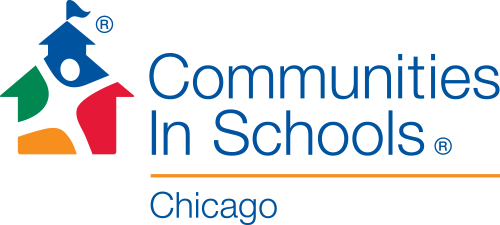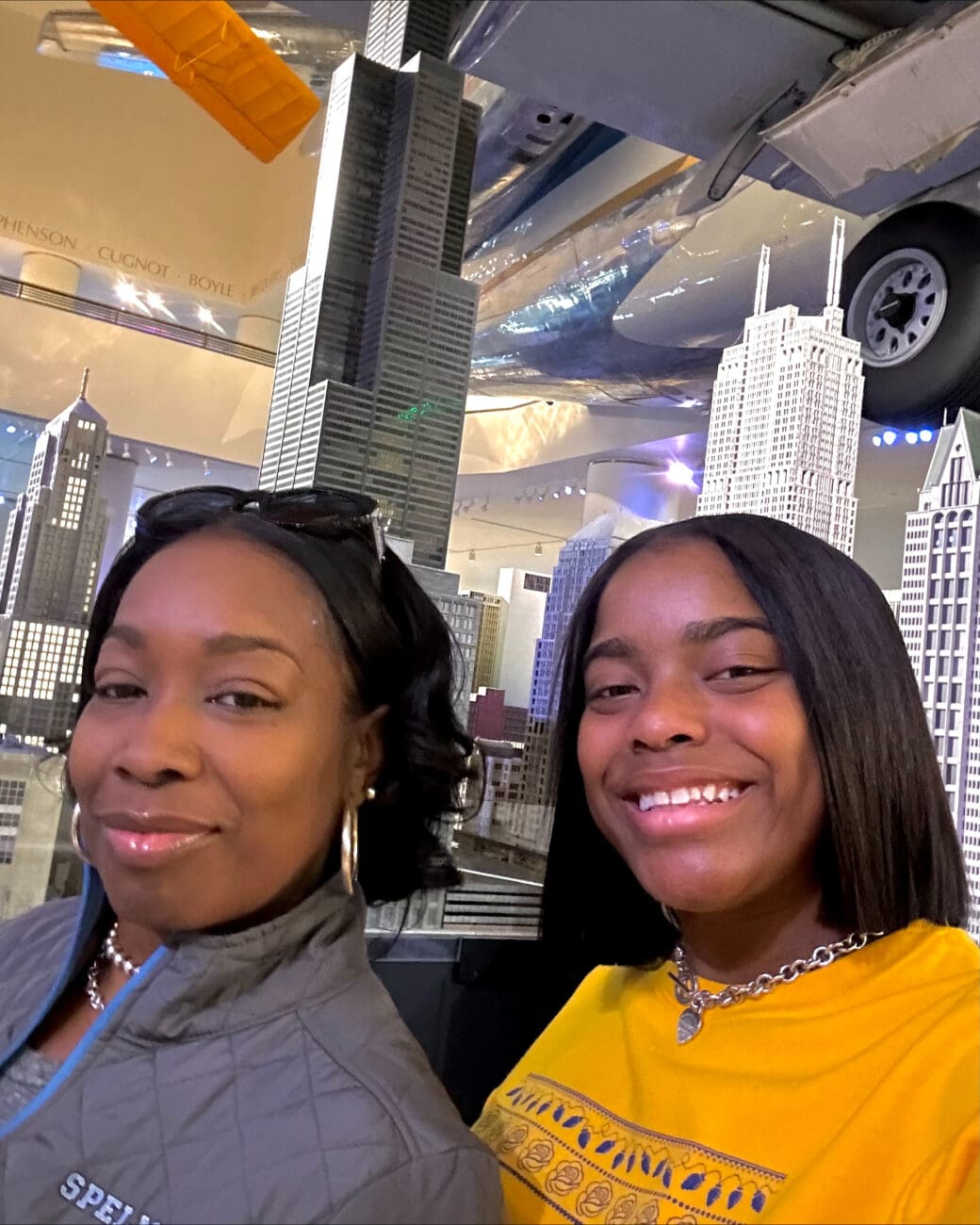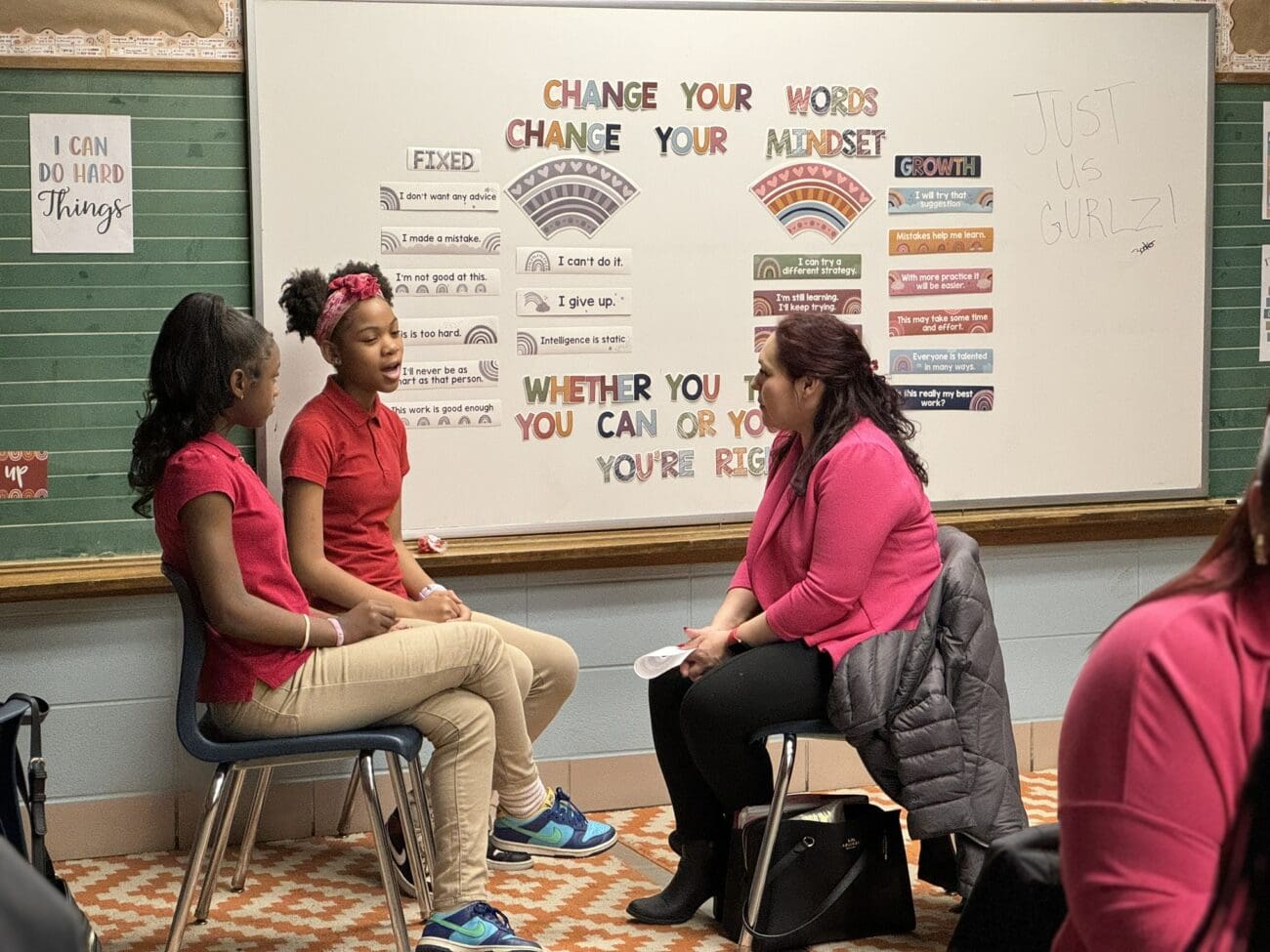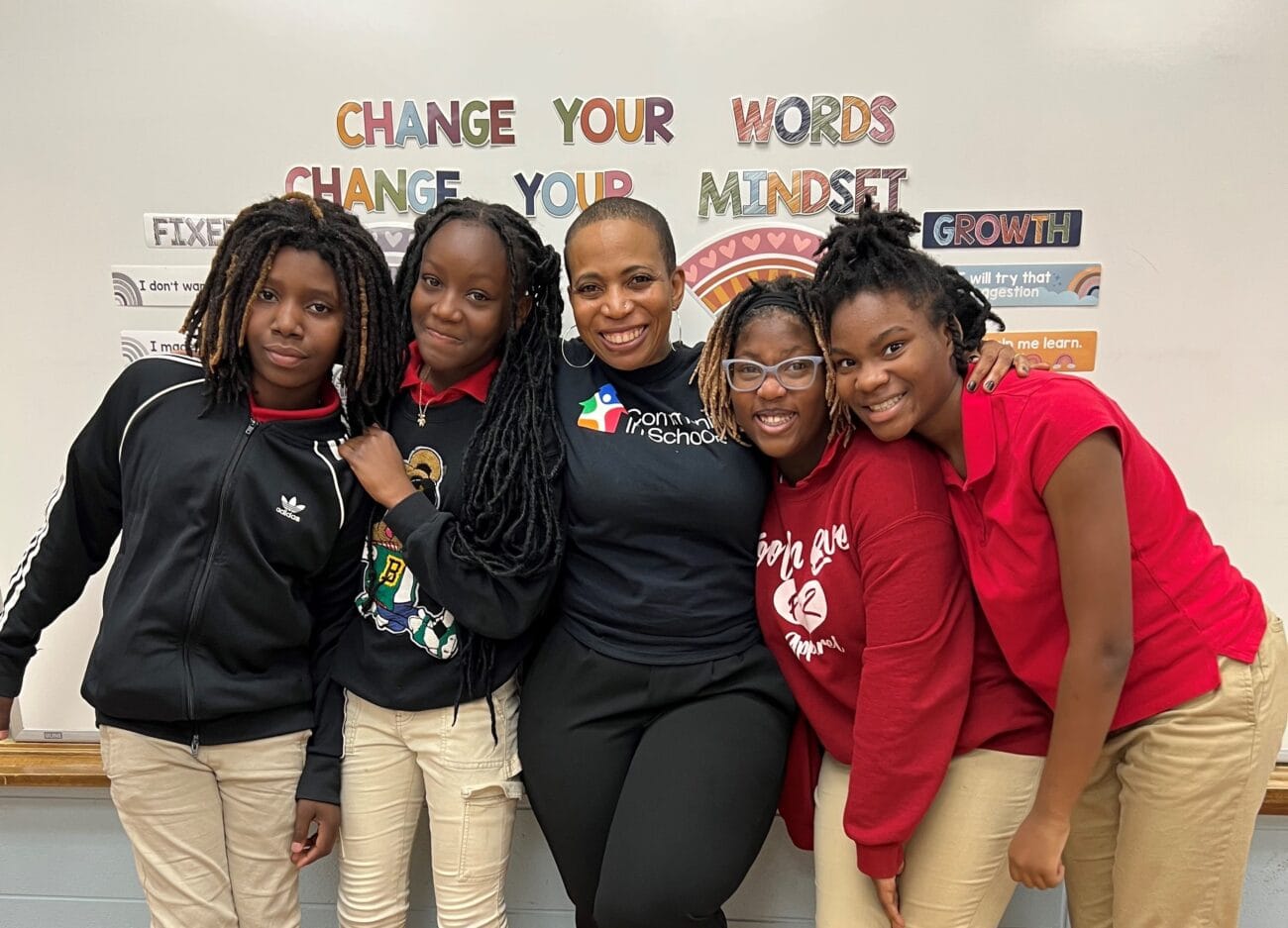Chicagoans were rightly outraged in 2016 when 762 people were murdered on its streets. Yet quietly that same year almost as many people died in our city from another grave epidemic: opioid abuse. Contrary to popular belief, the opioid crisis is not only devastating rural America; it’s hitting just as hard in many of our nation’s cities, and especially Chicago.
Chicago’s death rate in 2016 from opioid abuse, according to the Chicago Department of Public Health (CDPH), was almost double the metric for the state of Illinois, and in line with some of the most ravaged U.S. states. Fueled by an alarming spike in use of the synthetic opioid fentanyl, a handful of communities on the city’s south and west sides posted opioid death rates in 2016 even higher than West Virginia, often considered ground-zero of the national epidemic. While CDPH has yet to release a full report on opioid deaths in the city for 2017, there is little indication the situation improved significantly last year. Considering the same agency estimates a quarter-million adults in Chicago took an opioid painkiller in 2016, the tsunami wave of human devastation from the crisis may be far from cresting.
With two people a day dying in Chicago from opioid overdose, our city needs an all-out effort to address this scourge. Thankfully, Congress increased funding to tackle the crisis nationally in its March Omnibus Spending Bill. Some of that money will no doubt reach Chicago and help the city intervene in communities wracked by addiction. But the lion’s share of the funding — like the strategies being developed to combat the epidemic — are focused on supporting adults, not kids.
At some level this makes sense. Most opioid abusers in Chicago, after all, are older than age 24. Moreover, the most recent Monitoring the Future survey, administered by researchers at the University of Michigan, encouragingly found that opioid use among teens is on the decline. These seemingly positive facts, however, paint a distorted picture of the impact of opioid abuse. In reality, the victims of the crisis extend to the families, neighborhoods, and most importantly, children of users. This is in line with medical research, which has consistently shown that children often experience substantial trauma when a family member is addicted to drugs — or worse — dies from using them. Such adverse childhood experiences can have life-long negative implications for young people’s wellbeing, increasing their risk of their developing depression, attempting suicide, and abusing drugs in adulthood. In short, every additional grown-up in Chicago whose life is personally destroyed by opioids creates a ripple effect of negative consequences for the young people in their lives.
To combat opioids in this city, we must acknowledge that children are the primary collateral damage from adult addiction and therefore need to be a focus of any coordinated response to the crisis. In the same way that Chicago’s business, civic and education leaders have worked together to inoculate children against violence, they must act in similar fashion to limit the blowback from addiction within families.
As the touchstone institution for our city’s children and families, schools can help lead this counter-offensive. In fact, Chicago’s public schools have long served as bulwarks for our city’s children against a range of public health threats, just as the city’s dedicated teachers are often first responders to the trauma impacting the lives of many young people. CPS’ progressive health policies promote evidence-based education programs that arm students with the know-how to protect themselves from sexually transmitted diseases, make healthy food choices, and manage chronic diseases like asthma. Our city’s educators understand how central health is to students’ social/emotional wellbeing and learning. But while the role of public health advocate is familiar to teachers and principals, we cannot expect them to go it alone in protecting our children from the impact of opioids.
Instead, Chicagoans must augment the good work of schools by pushing for more of two key antidotes to the opioid crisis: prevention education and mental health services. With the assistance of community-based health partners, children need to learn how addiction works, how it changes the young adult brain, and what treatment and recovery look like — without replicating the documented shortfalls of “scared-straight” teaching tactics. For families already affected by addiction, children need much more counseling and other intensive supports to manage the stress that addiction engenders and build the resiliency needed to stay on the path to graduation.
At the same time, our city’s foundations, corporations, and individual donors must play an even bigger role than they already do in funding prevention and treatment services that can be delivered at minimal cost to cash-strapped schools and families. Unlike rural communities struggling with this epidemic, Chicago is blessed with a robust network of philanthropists and cross-sector service providers that, collectively, have the power to turn this devastating tide. The question is, how do we do a better job of aligning and amplifying their assets and efforts to see our schools through this public health crisis?
Such an all-out effort will no doubt be resource intensive at a time of razor thin school budgets and fragile public funding. But then, facing down epidemics rarely comes cheap. Fortunately, the future of Chicago’s school children and the exponential value that they bring to our city is more than worth the expense — and the moral obligation.
Bartholomew St. John is Director of Program of Communities In Schools of Chicago, a drop-out prevention organization serving 60,000 Chicago public school students annually. Katrina Pavlik is a health advocate and educator.




